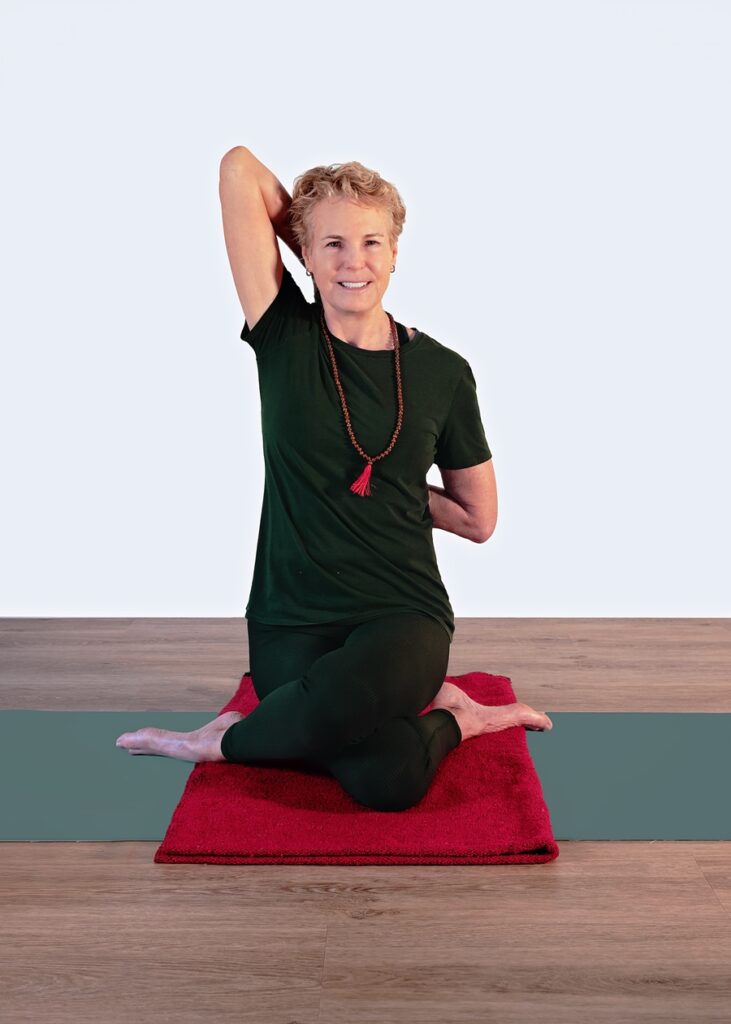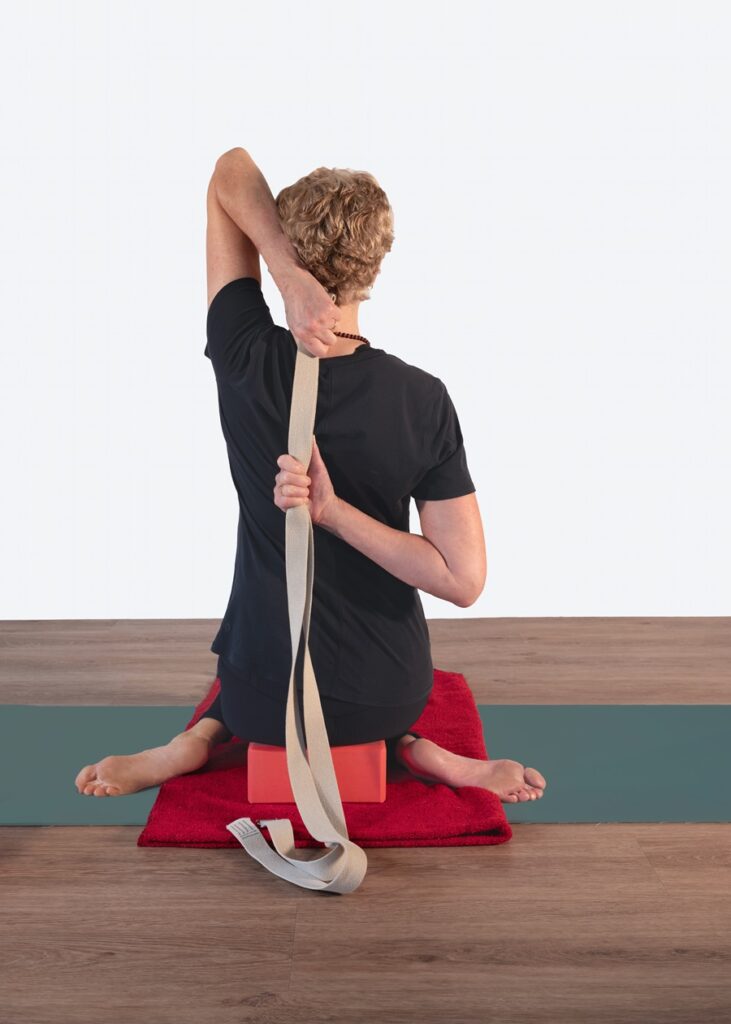The idea of the sacred feminine goes back through ancient history. It’s also an idea I’ve been thinking about a lot in relation to the anxiety so many of us feel when we consider the big challenges of collectively caring for our democracy and our planet.
In the mythology of India, which is intertwined with yoga, the cow is revered as a symbol of divine feminine energy. Hindu legend has it that Mother Earth herself took the form of a cow to escape the chaos the world was thrown into when a greedy, power-hungry king, Vena, took control of the world.
He banished activities that didn’t benefit him directly. He did not care what toll he took on the environment or on other people as long as he got what he wanted. He even forbade the sages from performing the sacred rituals that upheld the rhythms of the cosmos. Without them, the whole atmosphere of the world began to sour: the earth became dry, crops failed, and the air became hard to breathe.
Mother Earth was so distraught she turned herself into a cow and ran away. Without her, the planet was doomed to utter deterioration. Vena did not care as he sat in his castle eating fast food and spouting lies. But finally, the sages rose up and slew him. He was replaced by Prthu, who realized that he had to appeal to Mother Earth to replenish the planet.
She trotted away when he found her, saying she would not come back to be abused. But Lord Prthu told her that if she would consent to be milked to replenish the world, he would declare all cows sacred forever. She agreed, and through her divine nurturance, the world was returned to a healthy state.

It seems timely to practice a pose named after the cow — Gomukhasana translates as Cow Face Pose — to summon some needed divine feminine energy. It is considered a deeply nurturing pose.
You might also think of it this way: in doing the pose, your crossed legs take the shape of a cow’s smile, and your elbows are like a pair of cow’s ears, one pointing up, the other down.
The pose involves stretching, softness, and grounding. By opening the shoulders, the hips, buttocks, and quadriceps, it may help counteract long periods of sitting.
There are a few contraindications to Cow Face Pose. Go easy if you have shoulder or knee pain or injuries, or torn muscles in the legs or buttocks. With a teacher you can find modifications to make it doable even with these challenges.

Start by placing a blanket on your mat for cushioning and sitting with your legs extended in front of you. Press your heels out and draw your toes towards you. This is Dandasana, or the Staff Pose. Now bend your right leg and cross it over the left knee. Bring the right foot to the outside of your left hip, then bend your left leg and draw it back toward your right hip, stacking your knees one on top of the other.
If this feels like too much, you can modify this part of the pose by keeping your left leg straight or by adding some height under your sitting bones. In the photo I am sitting on a block — the extra height makes the pose easier on the hips and knees.
Now press down through your sit bones and lengthen your spine. Try drawing the muscles just below your navel in and up to engage your core and lift up out of your waist.
Next, the arms. As you take a long slow inhale, reach your right arm out to the side and rotate from the shoulder, pointing your thumb down and palm facing behind you. Exhaling, bend your right elbow and bring the back of your hand to your lower back. Slide your hand up your back along the spine as far up towards your head as it will go.
Reach your left arm up, bend the elbow and drop your hand behind your neck. See if you can slide it down your back and move your hands towards each other. Some people can clasp hands in this pose, but if your hands don’t reach, use a strap or belt, as I am doing in the photo. Hold it in your left hand to begin with and drop it into your right hand.
Lift your chest and tuck your lower ribs in so as not to overarch your back. Keep a long spine. Take several long slow breaths, in and out. To deepen the pose, bend forward. To get out of the pose, release your arms, unwind your legs, and sit in Dandasana again.
Repeat on the other side, inviting the wisdom of Mother Earth to nurture us in the year ahead.



